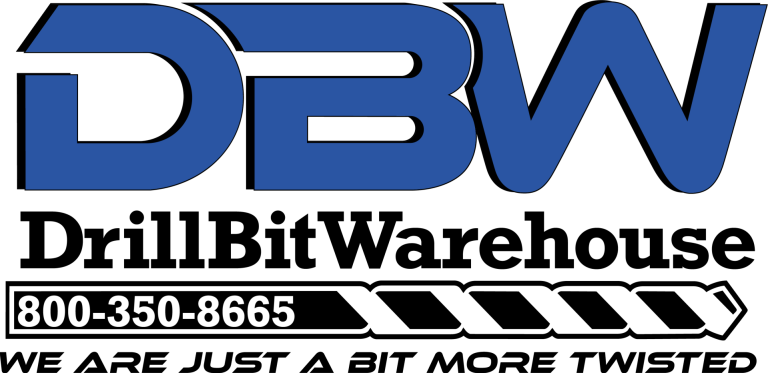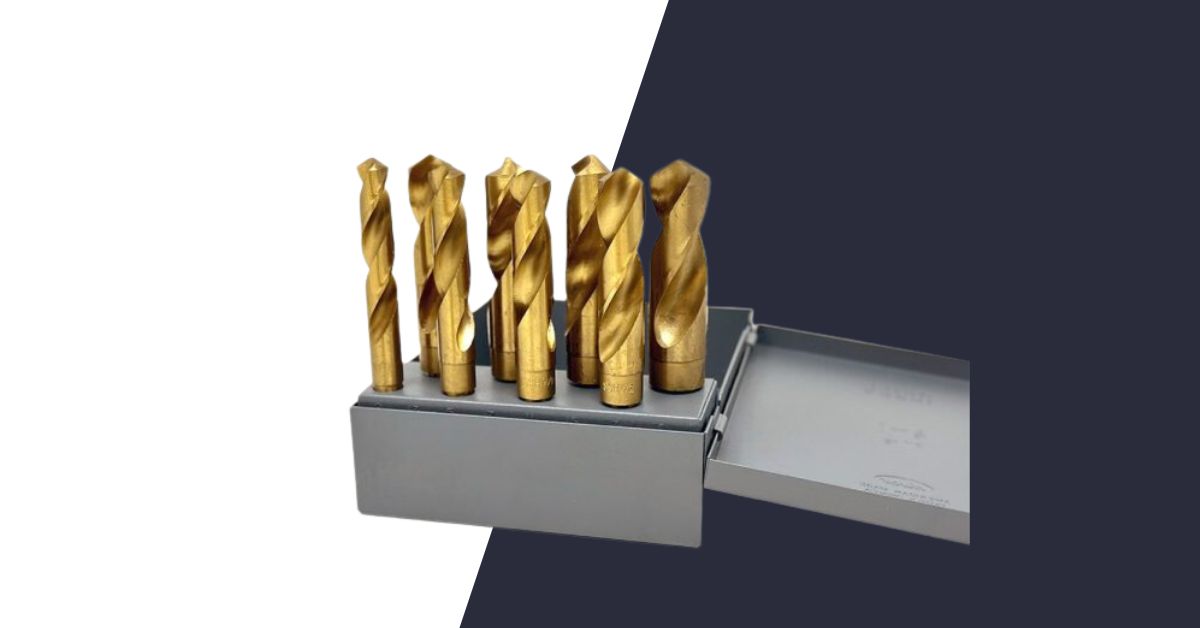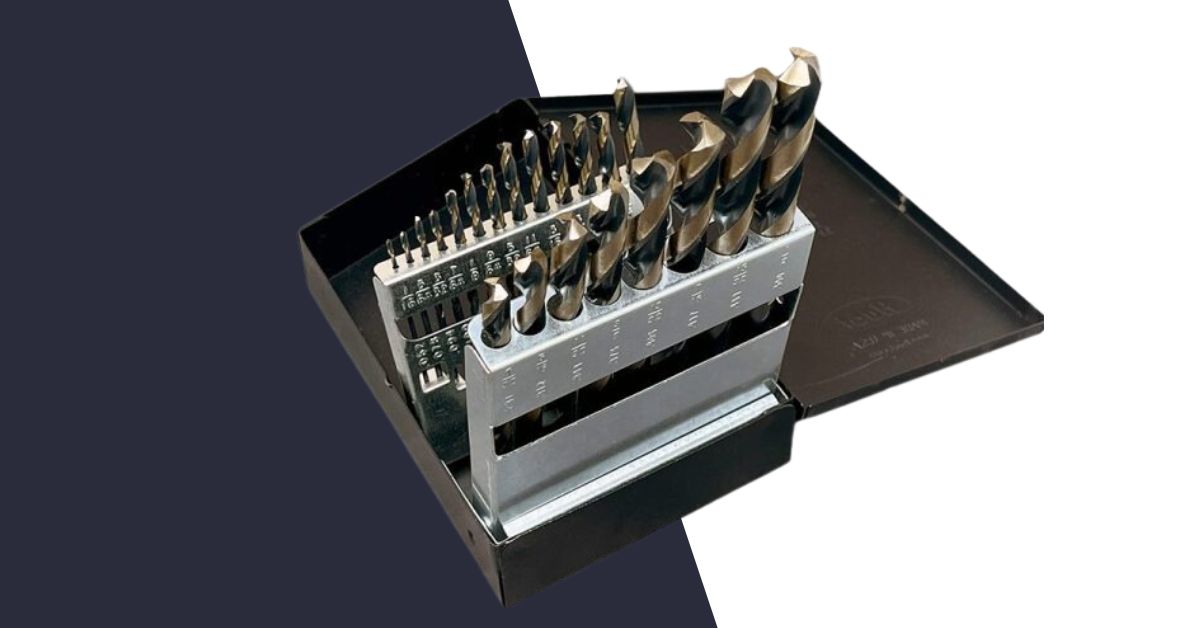Exploring the Different Types of Twist Drill Point Angles
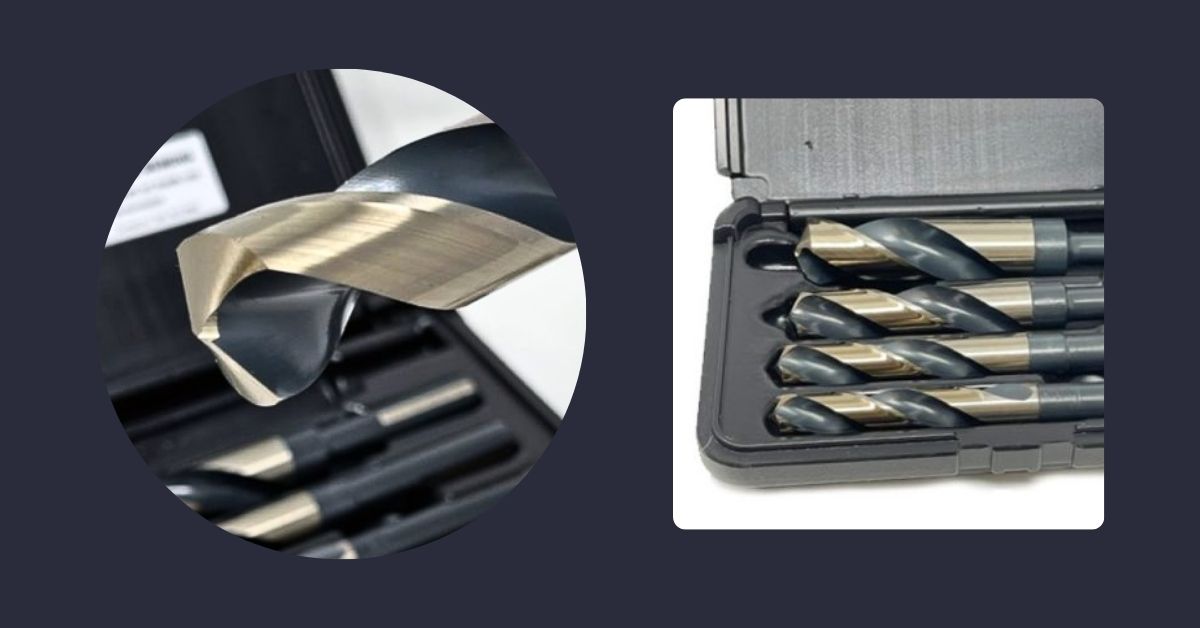
Exploring the Different Types of Twist Drill Point Angles
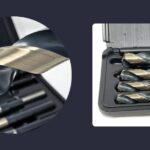 2024-07-01T18:21:40-08:00
2024-07-01T18:21:40-08:00
Understanding the different point angles for twist drill bits is essential, as each version significantly impacts precision and efficiency in industrial applications. Whether your project involves metal or composites, exploring the different types of twist drill point angles can help you learn which to use in your project.
118-Degree Drill Point Angle
Ideal for General Use
The most commonly used twist drill bit angle is the 118-degree drill bit angle. This versatile angle is well-suited for various materials, including metals and plastics. Its design reduces the risk of bit wandering by stabilizing it for efficient penetration.
Enhanced Tip Strength
One of the key advantages of the 118-degree angle is its tip strength. This angle provides a sturdy point that can withstand drilling through tougher materials. It’s a reliable choice for general-purpose drilling tasks when precision is essential.
Compatibility With Standard Equipment
Another benefit of the 118-degree angle is its compatibility with standard drilling equipment. This angle works well with most drill presses and hand-held drills, making it convenient for general projects.
135-Degree Split Point Angle
Reduced Walking and Skidding
The 135-degree split point angle minimizes walking and skidding on the material’s surface. This angle features a flatter point compared to the 118-degree angle, creating better stabilization in the beginning drilling phases.
Faster Drilling Speeds
With a 135-degree angle, you can achieve faster drilling speeds. The flatter point removes less material to quicken the penetration process. This efficiency is particularly beneficial in high-production environments where time is critical.
Improved Chip Evacuation
The split point design of the 135-degree angle also enhances chip evacuation. Chip evacuation effectively clears debris to reduce clogging and overheating. Improved chip flow contributes to better drilling performance and longer bit life.
90-Degree Drill Point Angle
Suitable for Thin Materials
The 90-degree drill point angle is less common but highly effective for drilling thin materials. This sharp angle provides a quick entry point to minimize distortion and create clean holes in delicate substrates.
Reduced Burr Formation
When working with thin materials, burr formation can be a significant issue. The 90-degree angle helps to reduce burrs, so edges and the final appearance look smoother and more appealing. Having a 90-degree angle is crucial to projects requiring aesthetics.
Specific Use Cases
While not as versatile as other angles, the 90-degree point has specific uses where it excels. Industries that frequently work with sheet metal or thin composites can benefit from this specialized angle.
140-Degree Drill Point Angle
Optimal for Hardened Materials
The 140-degree drill point angle is an excellent choice for drilling hardened materials. This angle provides a robust point that withstands challenging drilling demands without compromising precision.
Enhanced Stability and Control
The 140-degree angle offers enhanced stability and control, making it easier to maintain accuracy during drilling. This stability is crucial when working with materials that require fewer faults.
Applications in Aerospace and Automotive Industries
Industries such as aerospace and automotive often require tools that can drill through rigid materials. The 140-degree angle is well-suited for these demanding applications, providing the reliability and performance needed to meet stringent industry standards.
150-Degree Drill Point Angle
Specialized for Harder Metals
The 150-degree drill point angle is another option for harder metals. This angle is even tougher than the 140-degree angle. It maximizes durability and longevity in more challenging drilling conditions.
Increased Contact Surface
With a 150-degree angle, the increased contact surface helps to distribute the drilling forces more evenly, reducing breakage when drilling through formidable materials.
High-Performance Applications
Workers with projects in high-performance applications often use this angle. Industries working with hard materials can benefit from the superior performance of the 150-degree angle.
160-Degree Drill Point Angle
Extreme Durability
The 160-degree drill point angle has extreme durability. This angle provides a powerful point that can withstand demanding drilling tasks in heavy-duty industrial applications.
Superior Heat Resistance
With a 160-degree angle, you also get superior heat resistance, particularly when drilling at high speeds or through sweltering materials. The enhanced heat resistance prevents bit wear and prolongs tool life.
Specific Industry Use
While the 160-degree angle may not be as versatile as other angles, it has specific industry uses where its extreme durability and heat resistance are invaluable. For example, heavy machinery and construction industries often rely on this incline for their most challenging drilling tasks.
120-Degree Drill Point Angle
Balanced Performance
The 120-degree drill point angle offers a balanced performance between penetration efficiency and tip strength. This angle is a good compromise for those who need versatility without sacrificing durability.
Versatile Applications
This angle drills through many things, including medium-hard metals and alloys. Its versatility makes it a practical choice for various industrial applications involving different materials.
Ease of Use
The 120-degree angle is easy to use with standard drilling equipment, making it a convenient option for industrial workers who need a reliable and adaptable drill bit for multiple tasks.
125-Degree Drill Point Angle
Intermediate Angle Benefits
The 125-degree drill point angle provides intermediate benefits. These benefits make it more stable to use than the 118-degree angle but not as flat as the 135-degree angle. Still, it’s better to use it when you need versatile tools.
Enhanced Precision
With a 125-degree angle, you can achieve enhanced precision in your drilling tasks. This angle offers a good balance of tip strength and penetration efficiency, ensuring accurate and clean holes.
Suitable for Various Materials
The 125-degree angle is suitable for various materials, as it’s practical for industrial applications involving different substrates. Overall, it’s a versatile tool offering tremendous value to any tool set.
Buy Valuable Drill Bits From Our Warehouse
Understanding the diverse types of twist drill point angles is essential for a functional project. Each incline offers a way to achieve what your project needs so that you can enhance precision, efficiency, and overall work quality.
At Drill Bit Warehouse, we pride ourselves on offering products that we personally endorse, like our high-speed steel drill bit set. We would not want you to buy something that we personally wouldn’t. So explore the products we love most for sale on our website and experience the difference for yourself.


